48 Hours, 0 Breach
The sky was a battlefield. Data made it a fortress.
Since the launch of Operation Sindoor, India’s skies have been a live testbed of precision, coordination, and strategic innovation. As swarms of hostile drones and missiles darkened the radar screens, India’s multi-layered air defense didn’t flinch. What followed wasn’t just defense—it was orchestration.
From the indigenous Akash system to the Israeli MR-SAM and the Russian S-400, India’s missile shield locked into formation, guided by real-time intelligence and AI-powered predictions. The sky became a fortress, and data was its gatekeeper.
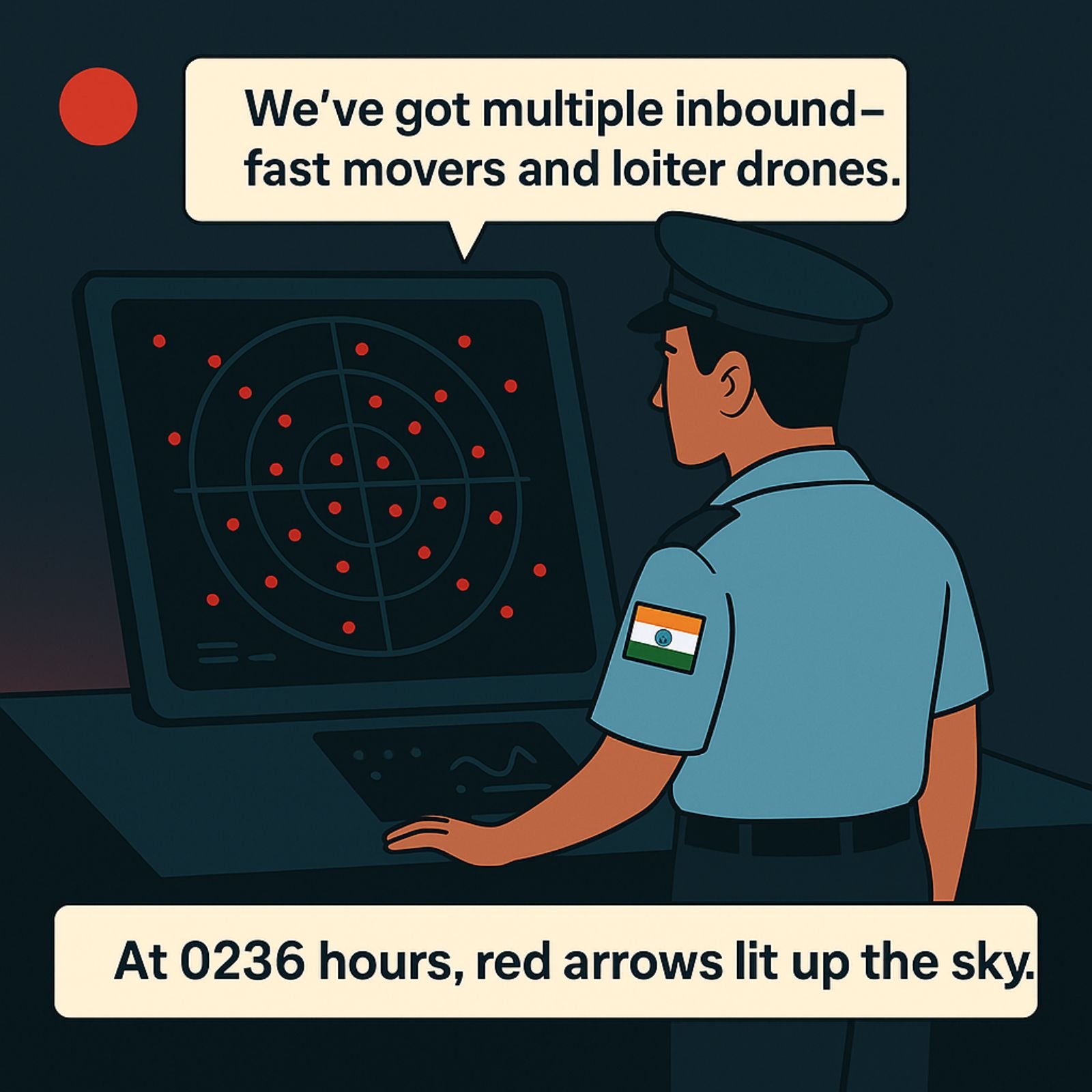
Missiles swarmed in—radars painted the sky in warning.
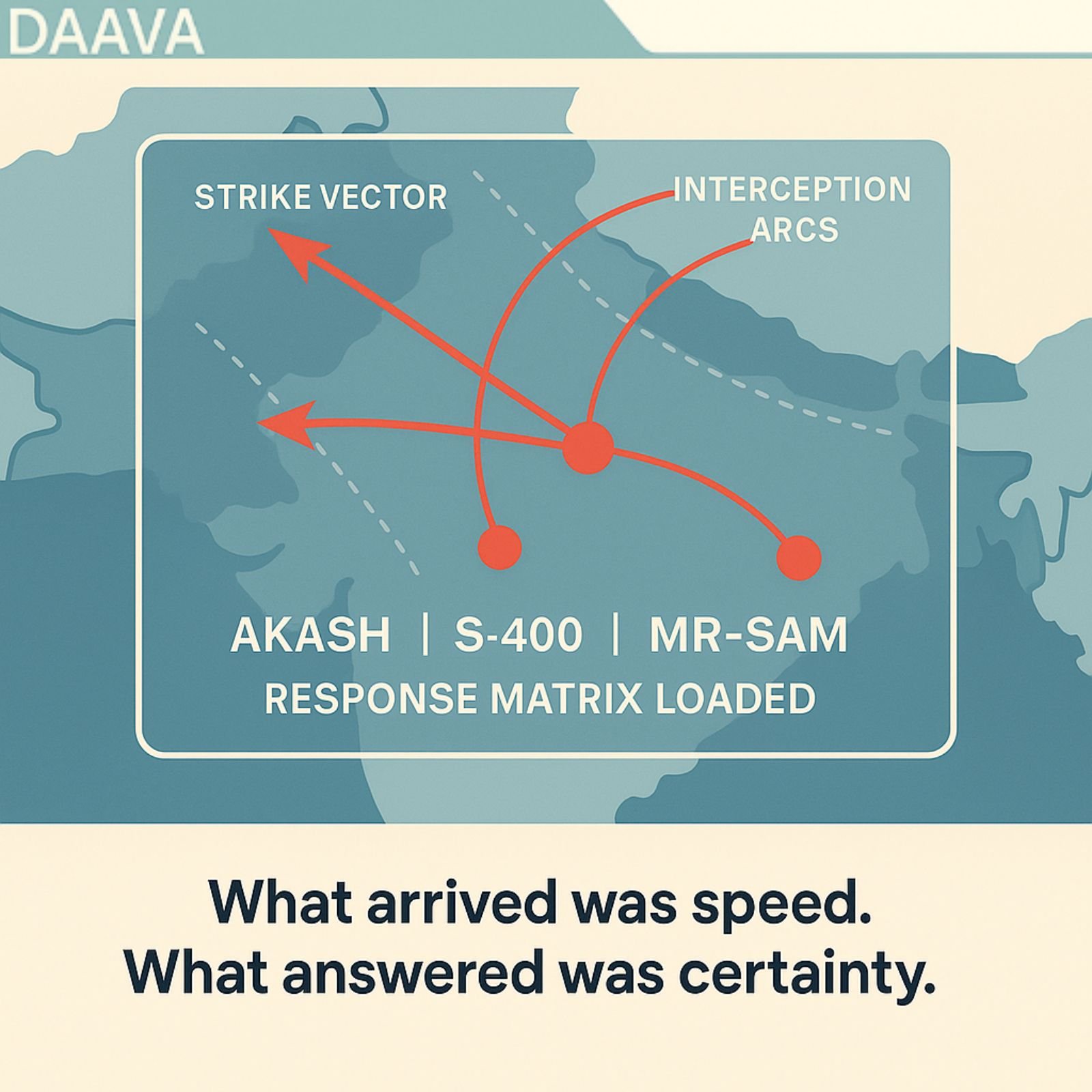
DAAVA didn’t panic. It plotted.
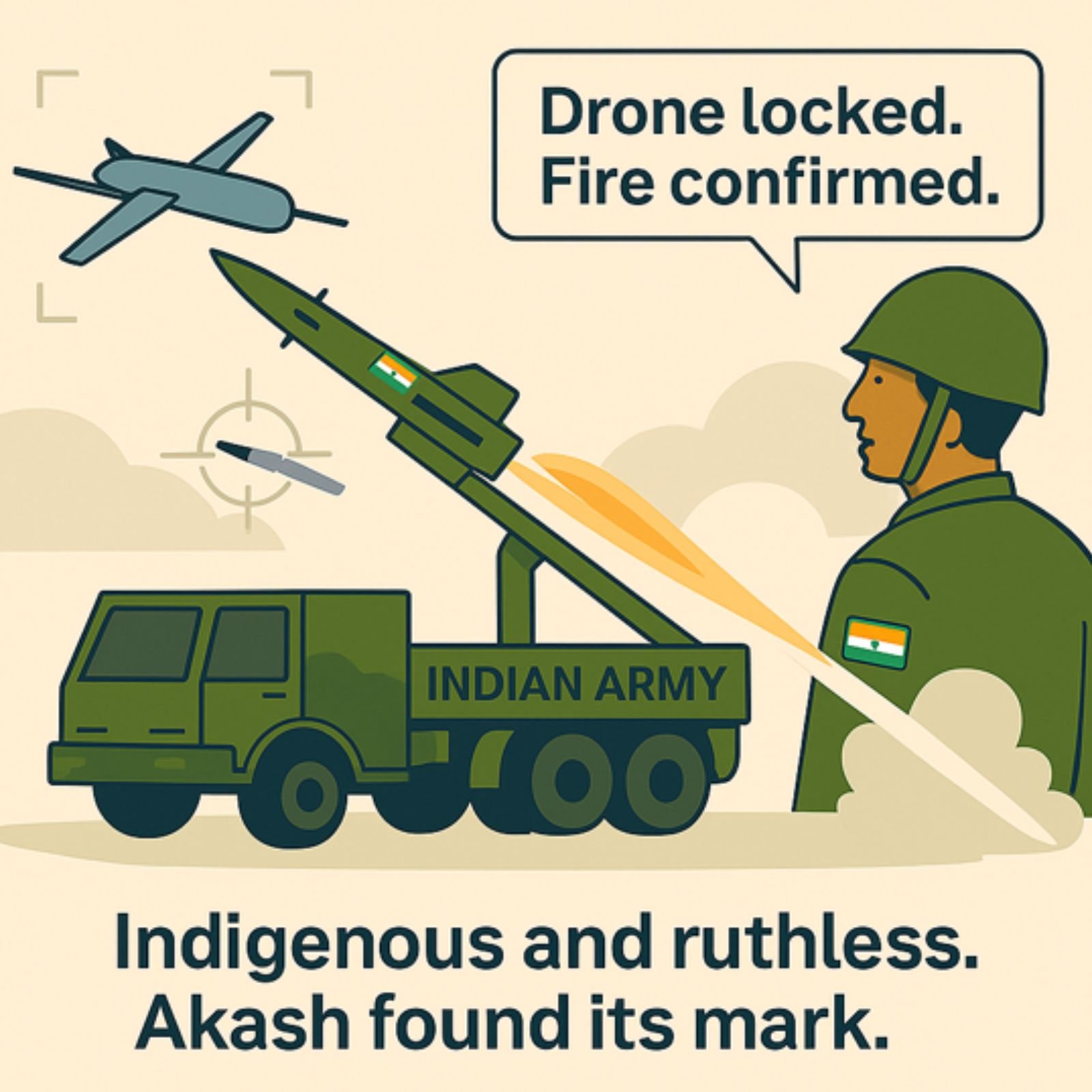
Akash didn’t hesitate. Homegrown firepower, delivered flawlessly.
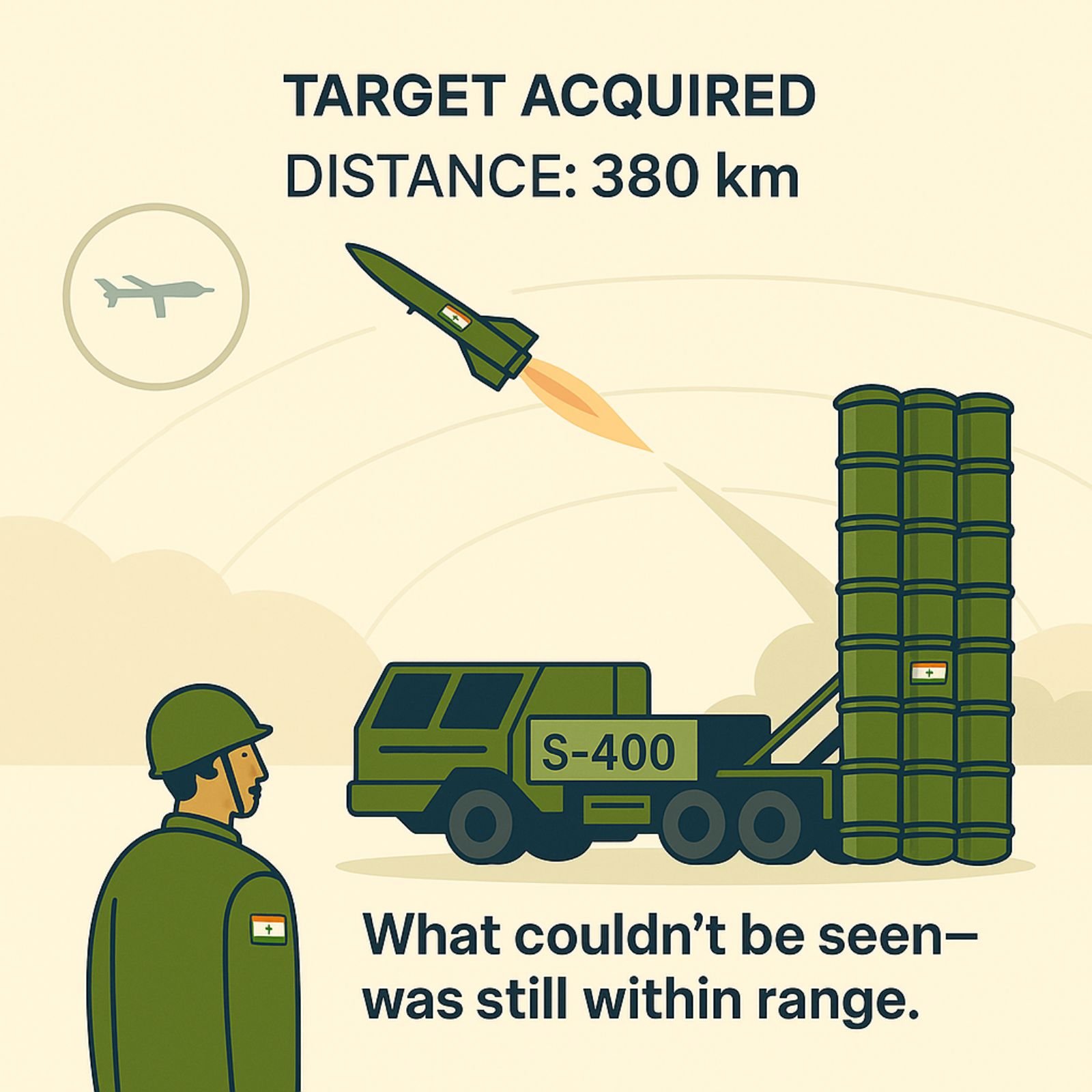
Stealth meant nothing. S-400 saw the unseen.

Each shield had a partner. Defense, in perfect symphony.
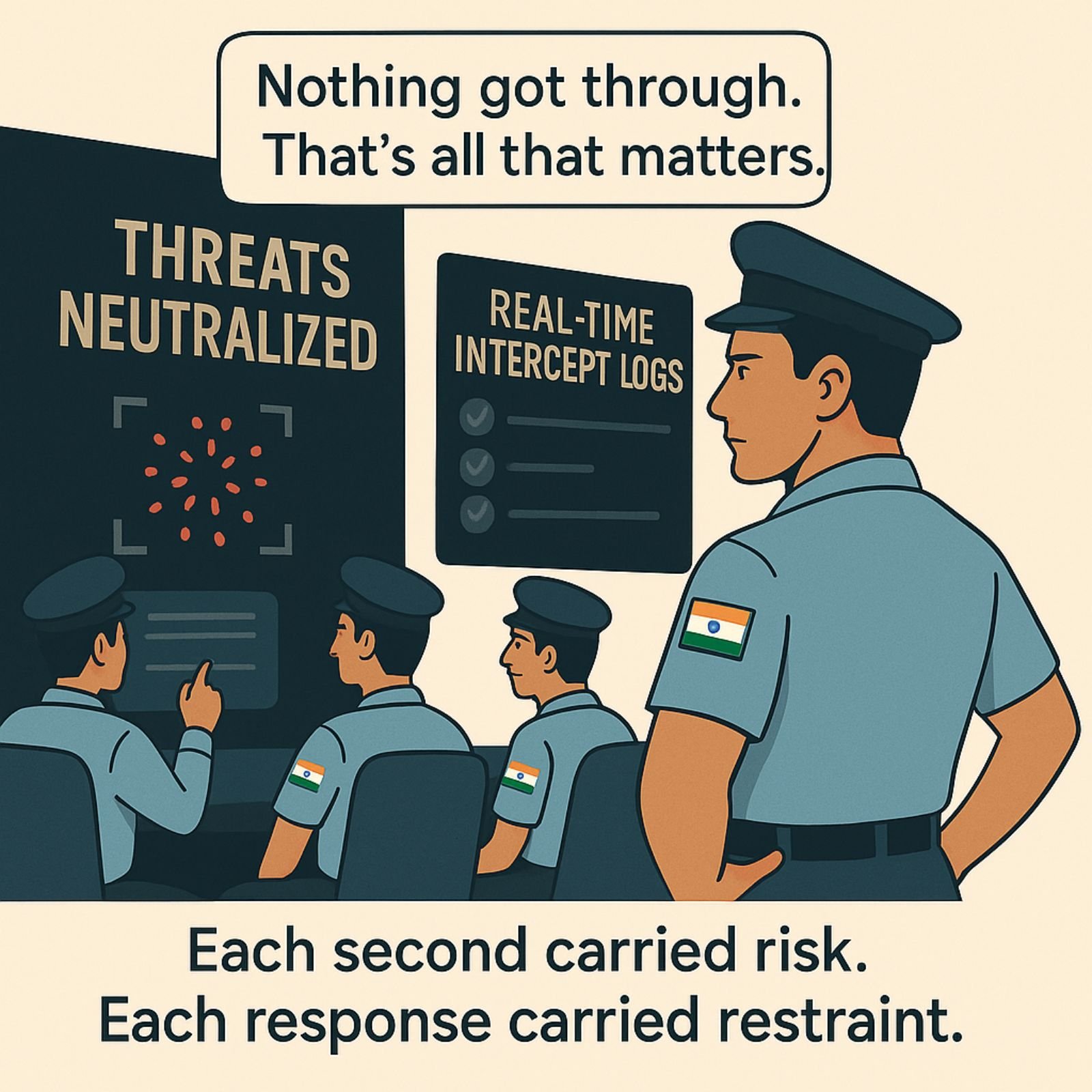
In two days, every strike became a case study.
The outcome? Over 500 aerial threats intercepted, zero critical infrastructure hit, and a military doctrine validated in action. But more than that, Operation Sindoor proved a point to the world: India doesn’t just build defenses—it builds interoperability, speed, and trust into every response.
While adversaries scrambled, India’s layered shield stood tall—blending indigenous tech with allied systems, human judgment with algorithmic foresight. In this new theater of warfare, supremacy belongs not to the loudest, but to the most precise.
Key Takeaways
- Indigenous missile systems like Akash and MR-SAM delivered under pressure: A testament to India’s growing self-reliance and battlefield readiness.
- AI-backed real-time coordination enabled flawless interception: Every response was swift, calculated, and surgically precise—human insight amplified by machine logic.
- Multi-layered defense neutralized a range of aerial threats: From drones to long-range missiles, the threat was diverse—but India's defense strategy was unified and mature.
In this war, the payload wasn’t just precision. It was proof.
Disclaimer
The visual narrative includes AI system DAAVA as a fictional representation of India’s growing reliance on real-time analytics, radar data fusion, and intelligent coordination tools during Operation Sindoor. Events are inspired by public domain sources and are adapted for educational and creative storytelling.

I realised I had missed some details, especially regarding the artillery used. It’s awesome to read everything clearly laid out here and pick up some new insights! It’s both informative and fun to read. Great job!
Really appreciate that! We put a lot of effort into balancing clarity with creativity — so it’s great to hear it helped fill in the gaps while keeping it engaging. More detailed breakdowns coming soon!
So fun and informative. Eager to know what happens next!
Thank you! We’re just getting started — the next episode dives even deeper. Stay tuned, the story’s only getting sharper from here!
Amazing how India intercepted every attack without fail with its multi-layered defense systems! Amazing chapter as always!
Thank you! This chapter was all about showcasing precision layered over preparation — every intercept was a message in itself. More to come!